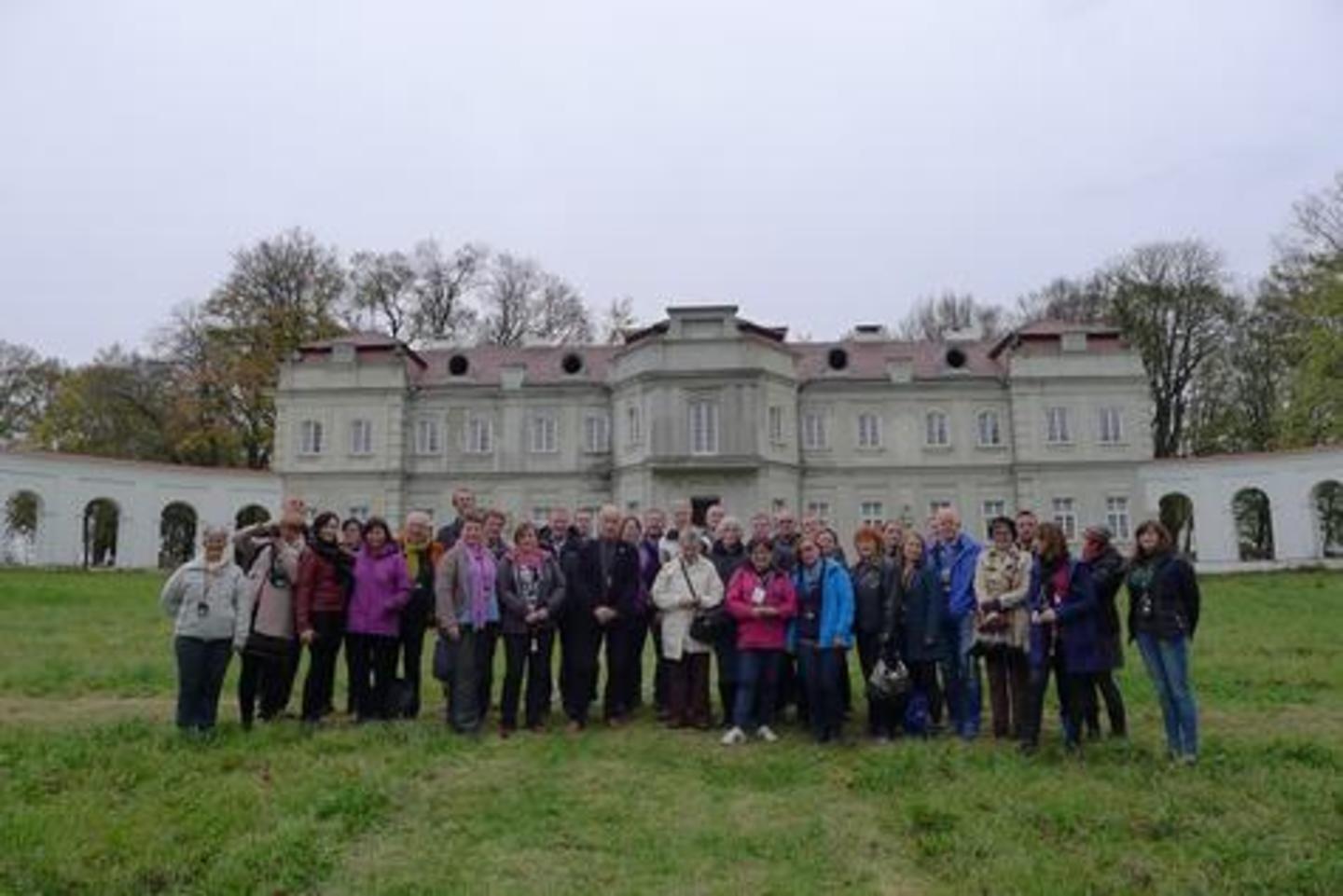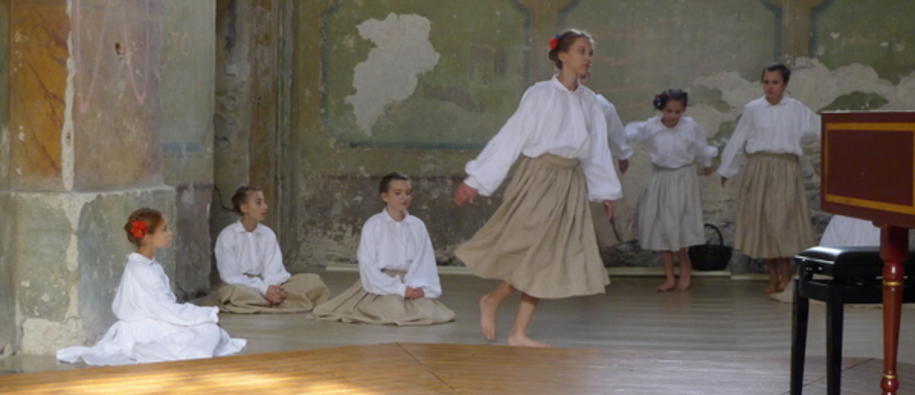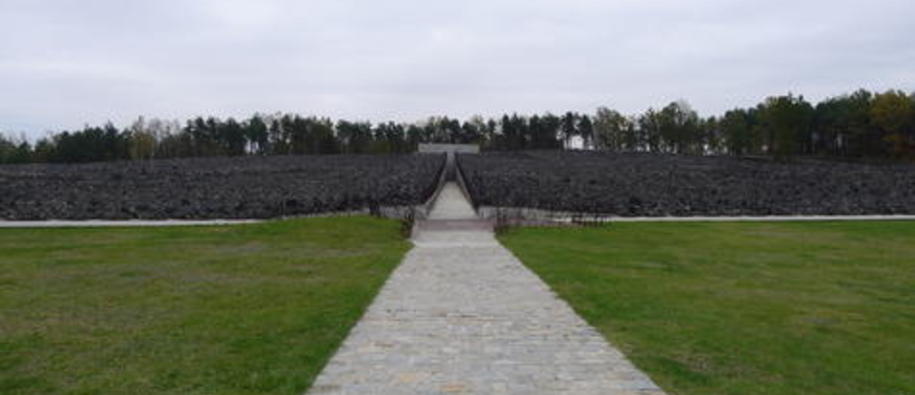'Heritage of My Environment: Cultural Heritage Values in Local Communities' aims to improve local heritage management in Norwegian and Polish local authorities. The project will strengthen insight into the challenges and needs in local heritage management, and guidelines for local heritage management will be developed and improved. A broad range of stakeholders are involved facilitating a valuable exchange of experience and knowledge: national and regional heritage management bodies in Norway and Poland, municipalities, NGOs and academia.
Learning by seeing
Mayors, planners and employees from five Norwegian and three Polish municipalities are participating in the project. Two study visits have already taken place where those involved had a chance to share views and experiences, discuss common challenges and learn about local heritage management from each other's perspective. In June, a delegation from Poland visited Fjell, Sund, Øygarden, Eid and Vågsøy on the west coast of Norway. A return visit took place in October with the Norwegian municipalities visiting Narol and Horyniec-Zdroj in south eastern Poland.
“It has been very interesting to get to know the local community in another country, and to see that they work on many of the same issues and challenges as we do; how to preserve our history in times of rapid change. By seeing how other work with their history and heritage, we are made more aware of what we have to preserve in our communities”, says Alfred Bjørlo, Mayor of Eid.
Morten Andreas Hagen, Mayor of Vågsøy, added: "The project has strengthened our knowledge and awareness on cultural heritage in all local planning processes.”
Heritage and tourism
The Norwegian delegation was impressed by the strong focus on heritage in Polish municipalities. According to Piotr Wojtyszyn, Vice Mayor in Horyniec-Zdroj, cultural heritage is a key factor in local and regional development:
“We don’t have a strong industry in our region, so in order to strengthen our economy, we need to focus on tourism. The best way to attract tourists is to invest in cultural heritage.”
Stanislaw Vòs, Mayor of Narol, confirms that investment in heritage and culture has a positive effect on the number of visitors to the region. He adds that a strong cultural scene is also important for social integration: more culture means fewer social problems.
A multicultural past
Narol and Horyniec-Zdroj are situated on the border with Ukraine, and the heritage in the region bears witness to a multicultural past, shifting borders, and German and Soviet occupation. Before WWII, the population was Polish, Ukrainian and Jewish. Today, the Ukrainian history is reflected by abandoned Orthodox churches. Several of these are being used as cultural centres. There are very few traces left of the Jewish heritage. The Nazi death camp Belzec, where 500 000 Jews were killed in 1942, is a strong testimony of the fate of the Jewish population in the region.
Continued cooperation
During the two visits, the Norwegian and Polish municipalities discovered that they had more in common than they initially thought. Four municipalities plan to establish a twinning agreement to continue their cooperation on culture and heritage. A Norwegian-Polish publication on best practices and important factors in local heritage management will be published in 2015, along with new guidance material on developing local heritage strategies/plans.


